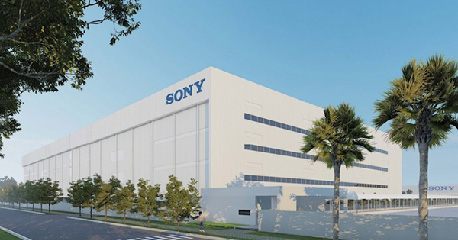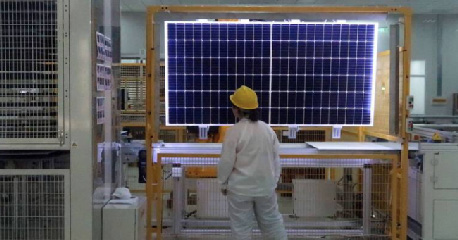
Sony Group will build a new semiconductor factory in Thailand in 2024. It mainly manufactures semiconductors for assisting car driving, etc., and will increase the production scale in Thailand by 70%. Sony will complete the pre-production process of manufacturing circuits on major component wafers in Japan, and then process them into final products in Thailand, where labor costs are low, for export to the world. While some demand for semiconductors declined, automotive demand remained firm. Sony will promote the international division of labor in the production process and establish a system that can supply products stably even when supply and demand are tight.
Sony Semiconductor Solutions, the group's semiconductor business, will invest about 10 billion yen to build a new plant at its production base in central Thailand. Construction has started and it will be put into operation in 2024. It will produce image sensors, etc., which are equipped in cars to identify pedestrians and obstacles. 2000 new employees will be recruited.
Semiconductor manufacturing is divided into the pre-process of manufacturing circuits on the main component wafers and the post-process of dicing the wafers with the circuits formed into chips and covering them with resin. The pre-process requires superb technology, while the post-process generally requires a lot of manpower. Whether the labor cost can be reduced or not will affect the competitiveness.
At present, in addition to the pre-process, most of the post-process of Sony's in-vehicle sensors are also produced at factories in Japan such as Kumamoto Prefecture. Sony will concentrate the pre-processing in Japan in the future, and the final processing will mainly be carried out in Thailand.
Under the new crown epidemic, the global semiconductor supply has stagnated, and the production of electronic products and automobiles has declined. It is important to promote the international division of labor in semiconductor production and to establish a system that can stably supply products to customers even if disasters and infectious diseases spread. Among the world's largest semiconductor companies, Intel and others in the United States have also accelerated the decentralization of production bases in order to prepare for emergencies.
Semiconductors have been in a state of tight supply and demand under the epidemic, but demand for computers and smartphones is currently declining. With the advancement of driver assistance technology and the digitization of vehicles such as autonomous driving, demand from the automotive sector is strong. The market size of "CMOS" image sensors is expected to reach US$26.9 billion by 2026, an increase of 30% from 2021. Sony's CMOS image sensor share ranks first in the world, accounting for about 50%.


